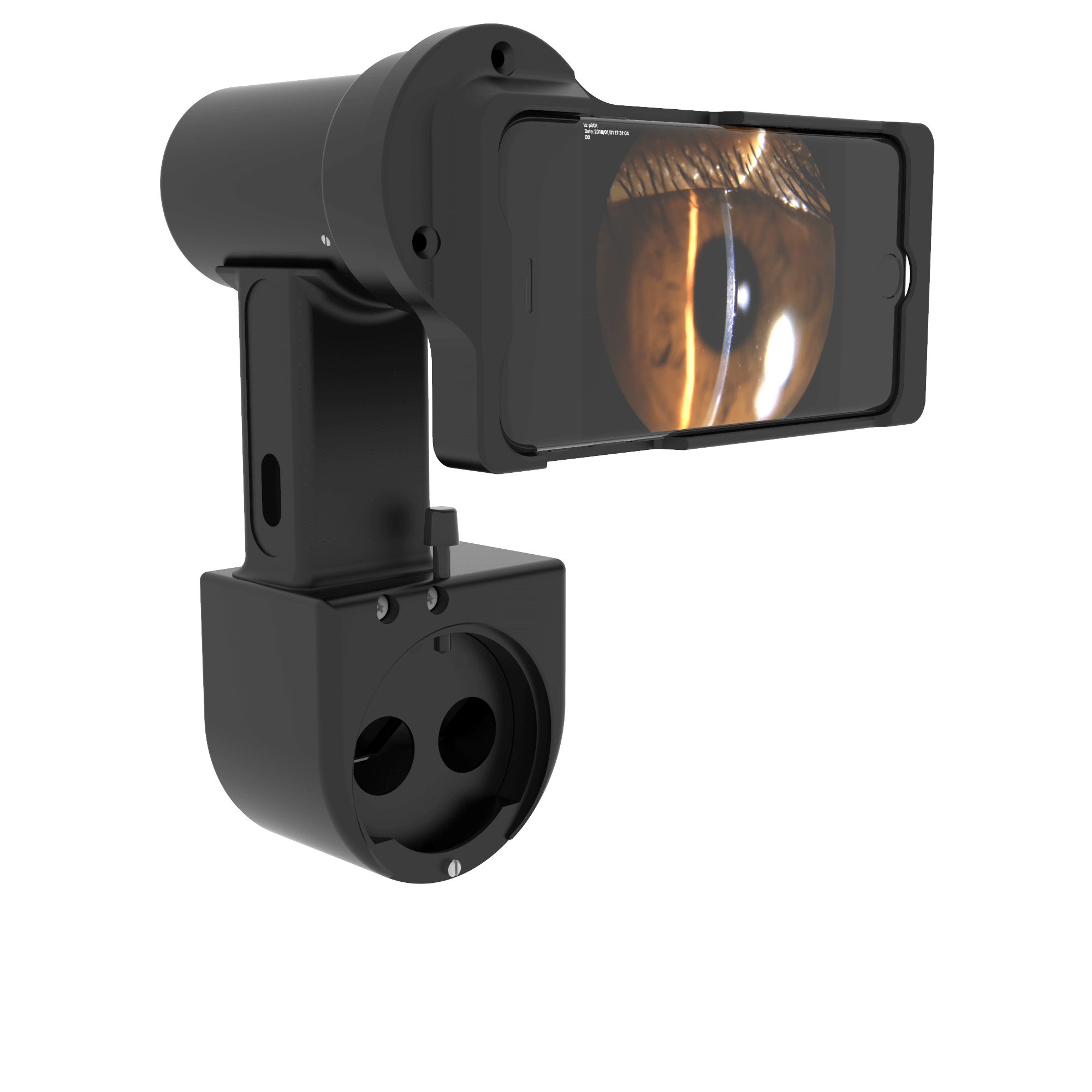Cornea
cornea is the transparent, dome-shaped, outermost layer that covers the iris and pupil in the front of the eye. Corneal tissue consists of five basic layers: epithelium, Bowman’s layer, stroma, Descemet’s membrane and endothelium. Although the cornea is clear, it contains a highly organized group of cells and proteins. Unlike most tissues in the body, the cornea contains no blood vessels to nourish or protect it against infection. Instead, the cornea receives its nourishment from the tears and aqueous humor fluid that fills the anterior chamber behind it.
The cornea, one of the protective layers of the eye, serves two functions:
- First, along with the eyelid, eye socket, and sclera (the white part of the eye), and the tear film, the cornea shields the eye from dust, germs, and other harmful matter.
- Second, as the eye’s outermost lens, it is the entry point for light into the eye. When light strikes the cornea, it bends, or refracts, the incoming light onto the lens. The lens further refocuses the light onto the retina, a layer of light-sensing cells lining the back of the eye. To see clearly, the cornea and lens must focus the light rays precisely on the retina. This refractive process is similar to the way a camera takes a picture. The cornea and lens in the eye act as would a camera’s lens. The retina approximates the film at the back of a camera. If the cornea is unable to focus the light properly or is cloudy, then the retina receives a blurry image.
What injuries and irregularities affect the cornea?
Some trauma, including projectile foreign bodies, lacerations and blunt trauma can cause scarring that clouds the cornea. Hereditary conditions including degenerations and dystrophies may also cloud the cornea. The most common hereditary condition seen in young people is keratoconus, a condition in which the cornea assumes a cone shape. Keratoconus usually begins in the teenage years and is most common in people who rub their eyes a lot. These patients may be able to use contact lenses or glasses for a period of time, but unfortunately some may eventually develop corneal scarring and high astigmatism that cannot be corrected without corneal transplantation.
How can the cornea be damaged?
The eye surface can be severely damaged by a number of problems, including:
- Chemical and thermal injuries
- Pathological diseases such as Stevens-Johnson syndrome and pemphigoid
- Infections or inflammations
- New tissue growths such as pterygium (thought to be related to sun damage) and tumors
- Neurotrophic conditions (due to damage to the eye’s sensory nerves)
These problems can result in extensive damage on the eye surface, leading to new blood vessel formation and scarring damage which results in loss of vision.
Timings
Mon - Sat : 9:30 AM - 4:00 PM
Sunday : 9:30 AM - 1:00 PM
Why Choose Eswar Eye Hospital?
- Serving the Locality - When you choose Eswar Eye Hospital, you choose oldest eye care provider serving this locality with advanced treatments and high-quality patient care.
- Comprehensive Care for a Variety of Eye Conditions - Our eye care professionals ensure a collaborative, comprehensive approach to care. Whether your condition is common or complex with underlying causes, our all-inclusive care addresses every need.
- If You Have Any Questions Call Us On (+91) 9177451477
- Make an Appointment


